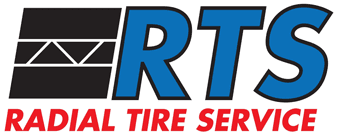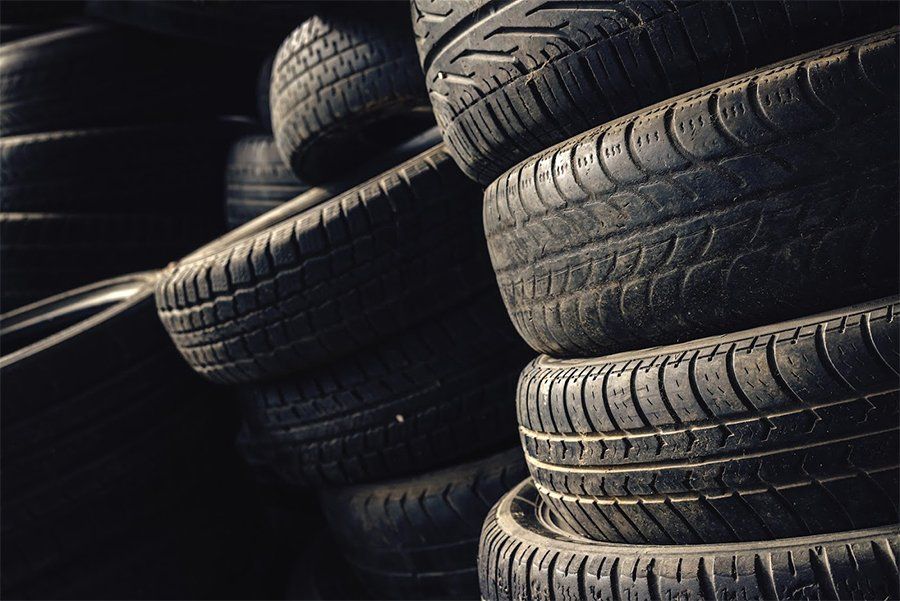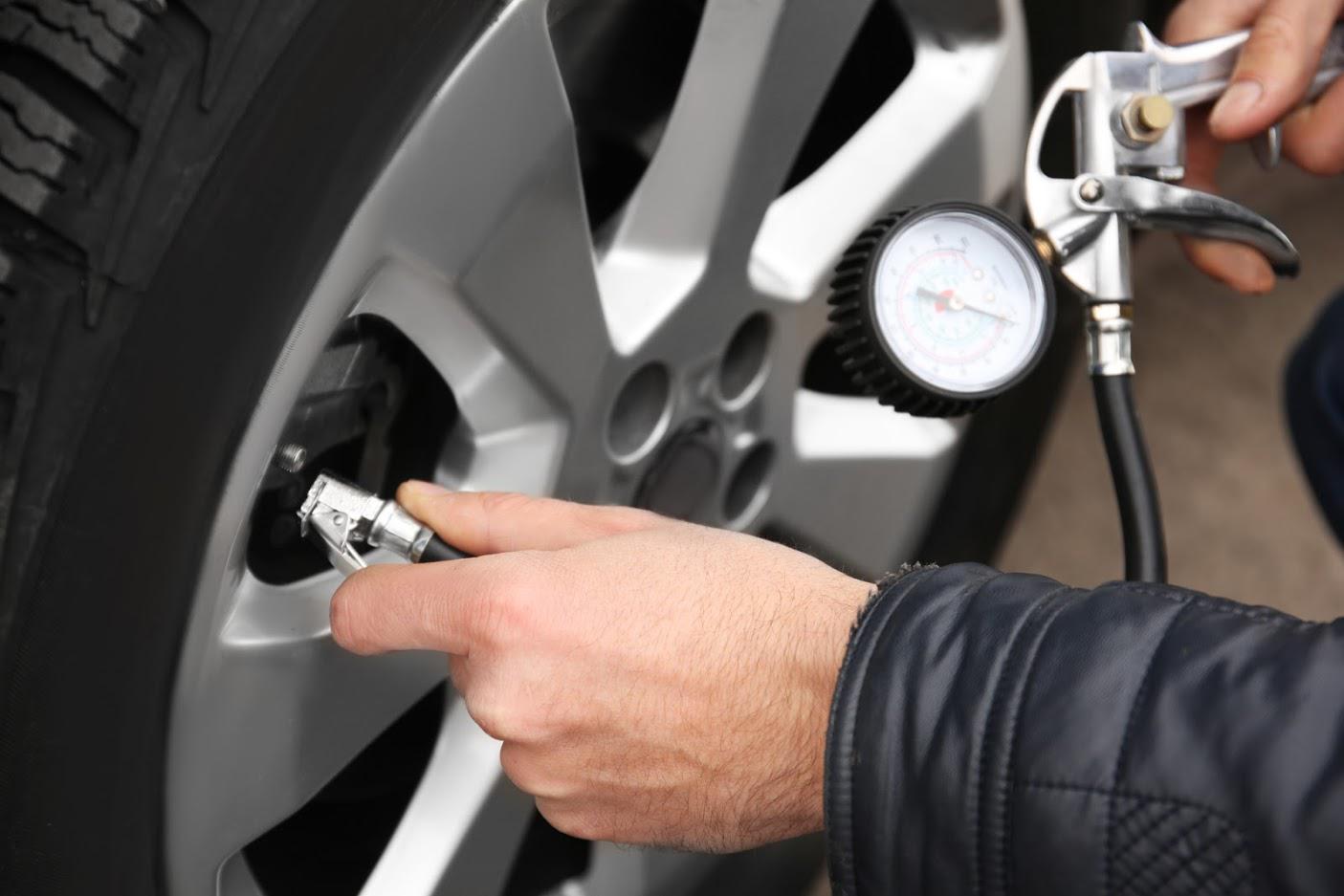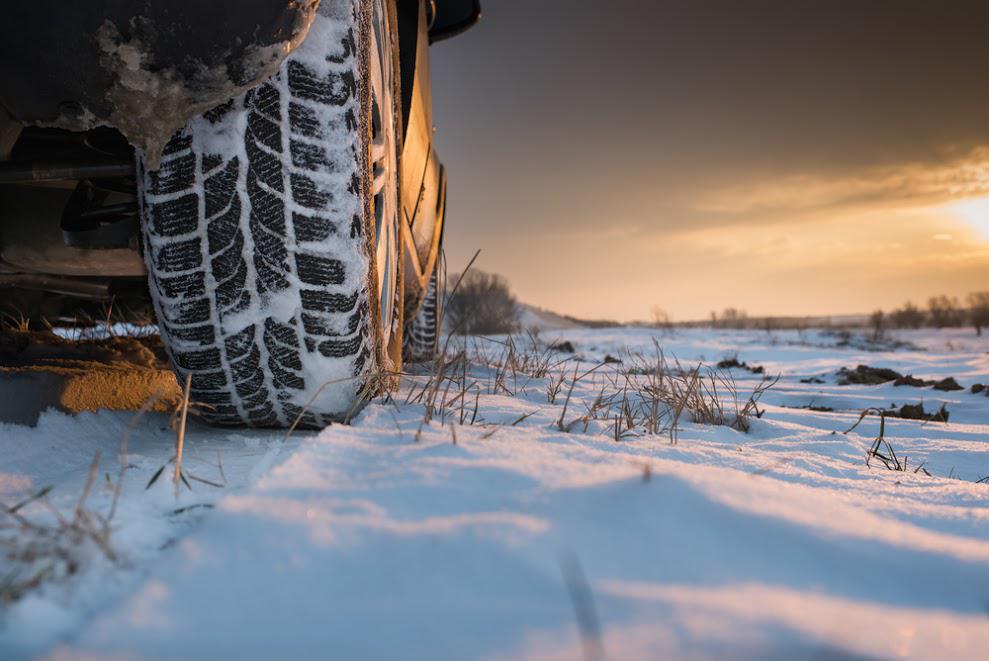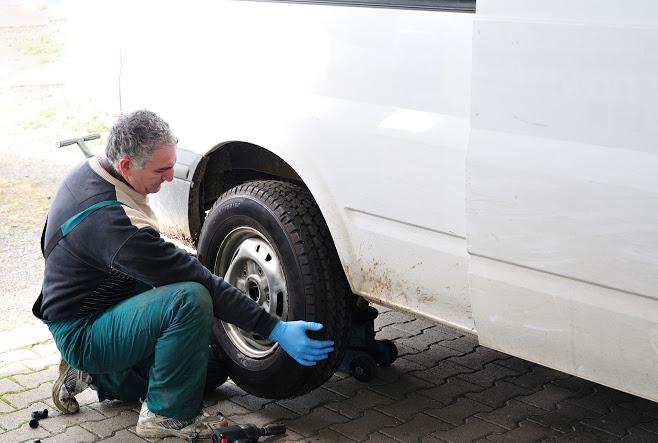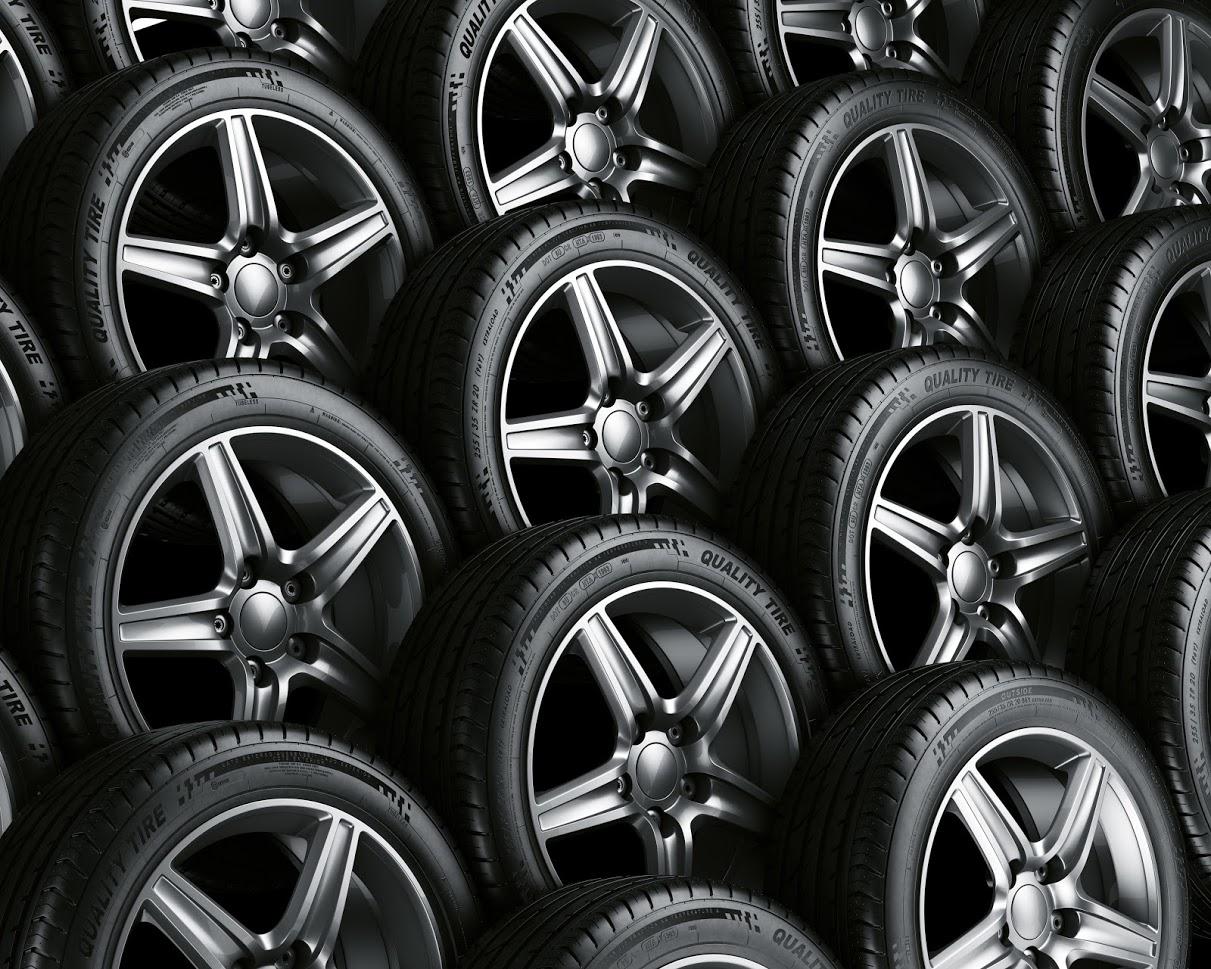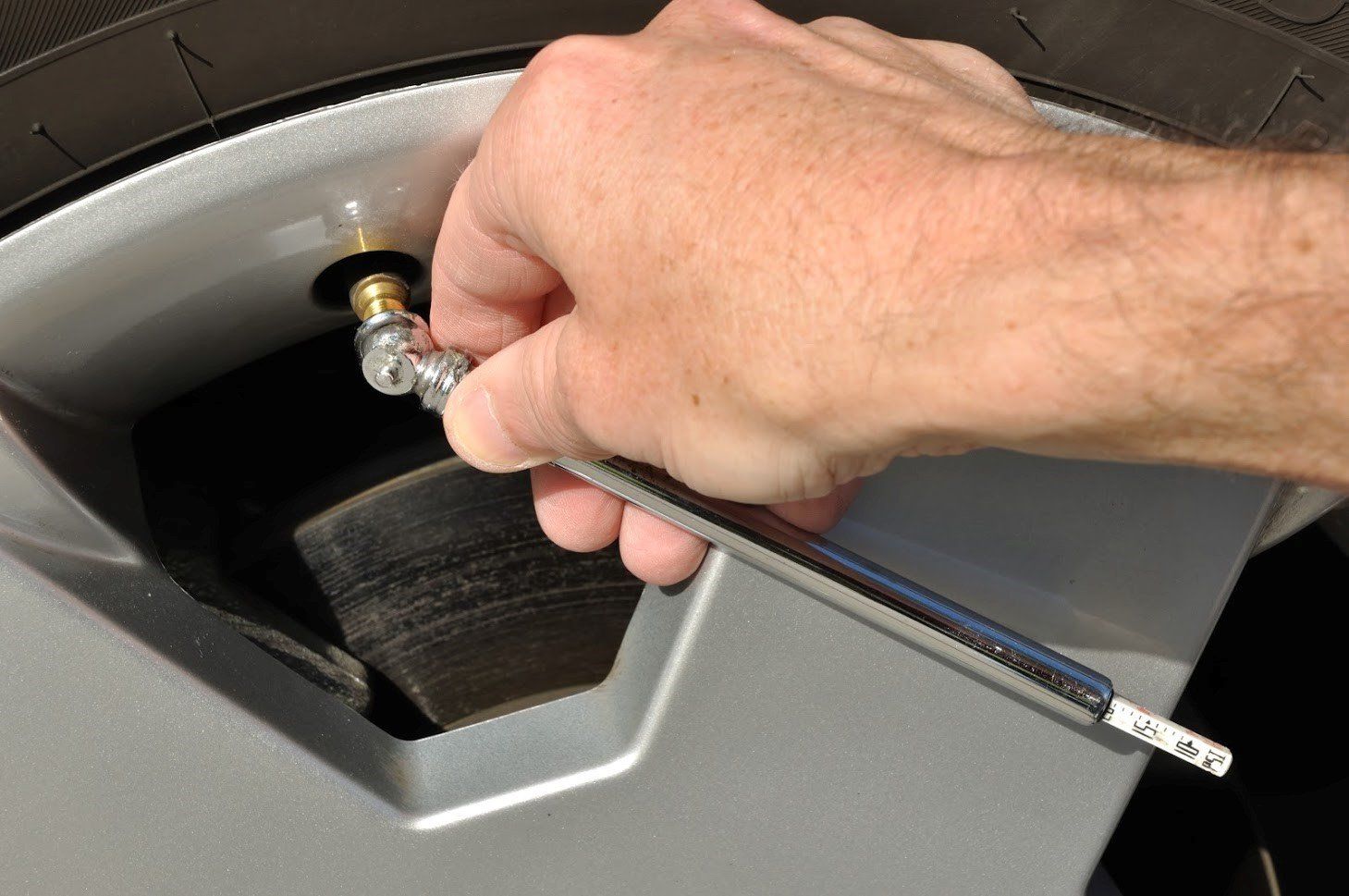Guide to Tire Sidewall Markings and Ratings
- By Admin
- •
- 01 Jun, 2019
- •
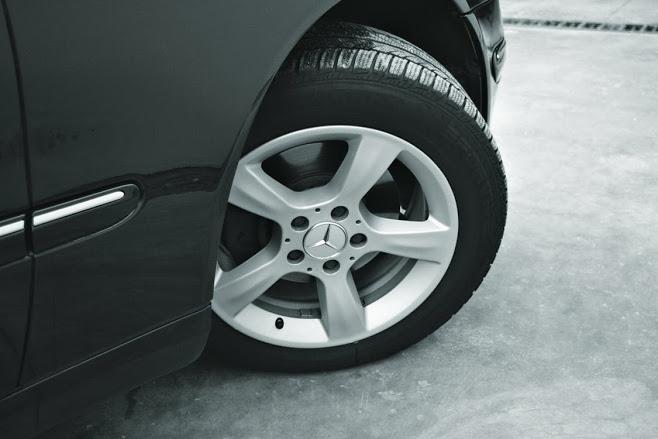
When you choose or care for your tires, the meaning of those numbers on the sidewall is important to know. Each of those numbers and ratings indicates the manufacturer's minimum recommendations for your vehicle. Here is a basic key to those numbers to better help you understand your tires' limits and give you an idea on what to buy when you need new ones.
Size Information
Tire size is one of the most important things to consider when you choose a tire because you want tires the fit and don't rub against your car's fender. When you look at your tire's sidewall, size information is most often expressed as something similar to P215/70R15. Here's how each number and letter in the size marking breaks down:
-
P refers to tires designed for a passenger car. For light trucks, the letters LT would be in that spot instead.
-
215 refers to width of the tire in millimeters.
-
70 refers to the aspect ratio that determines the height in relation to the width. In this case, it is 70 percent of 215. Usually, the larger the number, the taller the tire.
-
R means that it is a radial tire.
-
15 is the actual rim, or wheel, size. The tire must have the right rim size in order to seal properly.
You need to know the size of your tires to ensure that any replacement tires will also fit on your vehicle. Vehicles only have so much wiggle room when it comes to tire size.
Load Index and Speed Rating
The next large numbers that you can see on your tire are the load and speed rating. These ratings are often listed as a number and letter, such as 85S. The 85 refers to a specific load index, or the amount of weight that the tire can handle. The higher the load index, the more weight the tire can handle.
The S next to the load rating refers to the maximum sustained speed that your tire can ideally handle. Most speed ratings range from 75 to 150 miles per hour. The available passenger car and light truck letter ratings are, from low to high, Q, R, S, T, U, H, and V. There are special W, Y, and Z ratings for exotic sports cars. Your technician can further explain your specific tire speed ratings for you.
Treadwear and Traction Rating
Treadwear and traction ratings are listed in smaller, less noticeable letters above the tire size and load ratings, but below the tread. These ratings indicate the expected amount of wear time for your tire. Passenger car and light truck tires should have between a 200 and 600 treadwear rating, with most falling around the middle range.
Traction ratings range from AA to C with AA being the highest rating. Traction ratings refer to the amount of grip, or traction, the tire has on the road. Most tires are rated A and provide good all-around traction for most vehicles.
Maximum and Recommended Pressure
You may see that there is a maximum tire pressure rating on your tire's sidewall as well. However, you should never inflate your tire to that number or you will experience a blowout. Instead, look for the recommended tire pressure on the label inside your front door. Tire pressure should be listed for both front and back tires.
Your manufacturer's recommended tire size, type, and pressure are based on the ideal ratio and rating for your vehicle. It is important that you never go below the manufacturer's ratings for safety reasons. However, in some cases, you can exceed tire quality and size ratings as long as you don't go too large for your vehicle.
When you're ready to shop for new tires, Radial Tire Service can help you pick out the right ones for your passenger car or light truck. We will work with you to make sure that your tires work well with your vehicle and give you the performance that you need. Contact us or come in to see what we can do for you.

